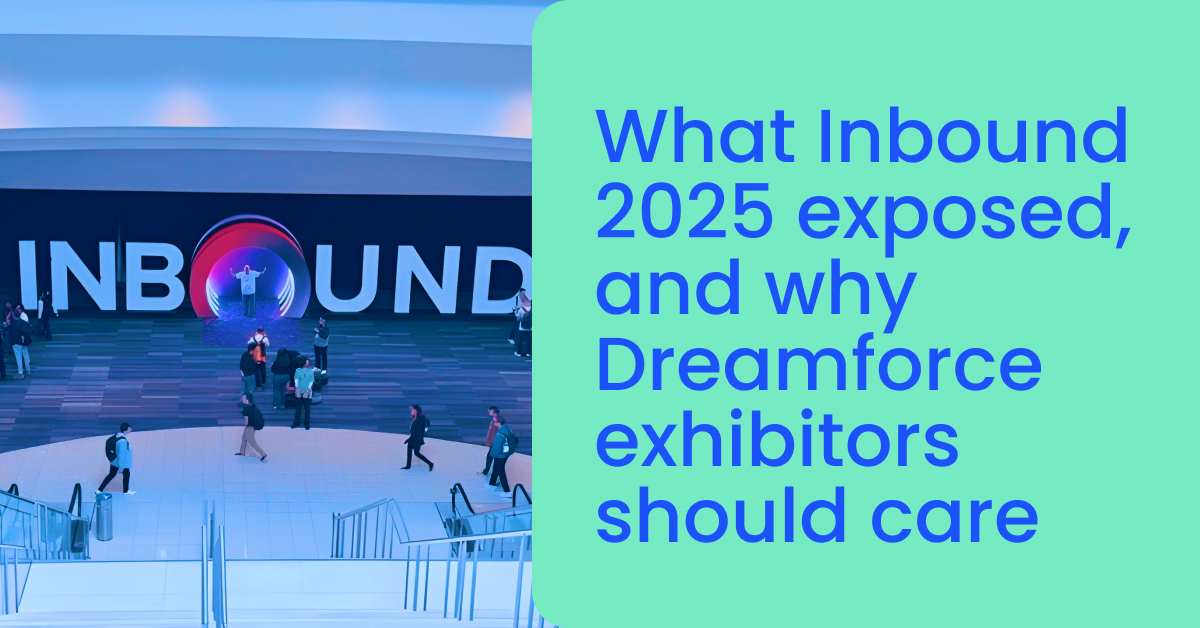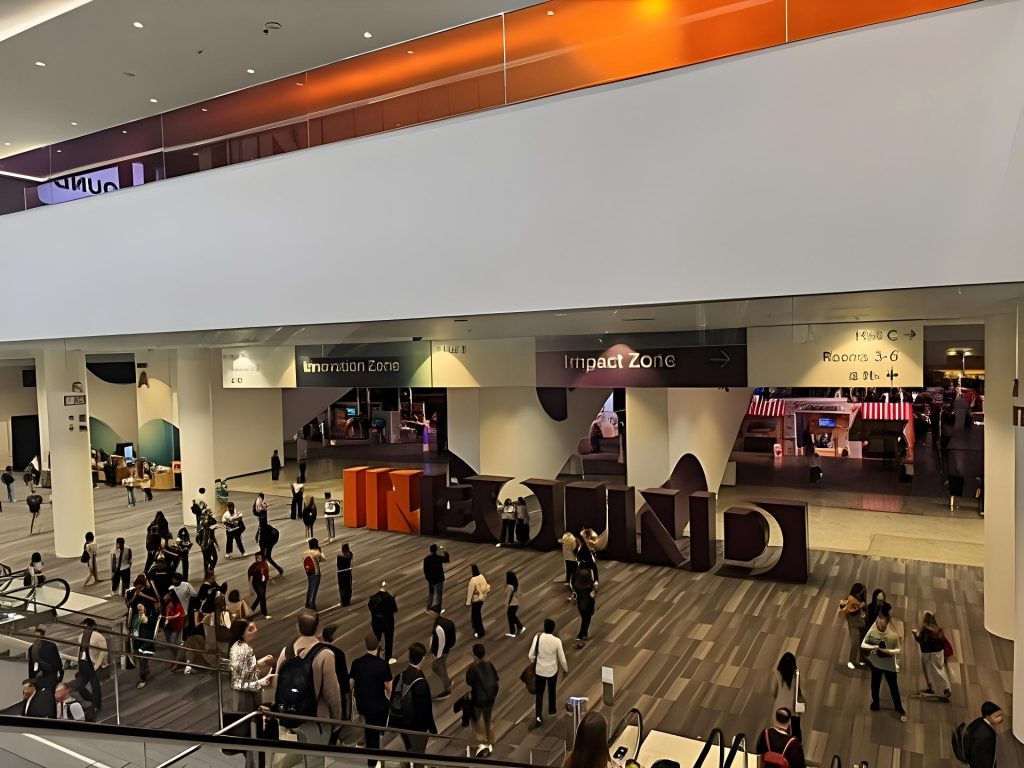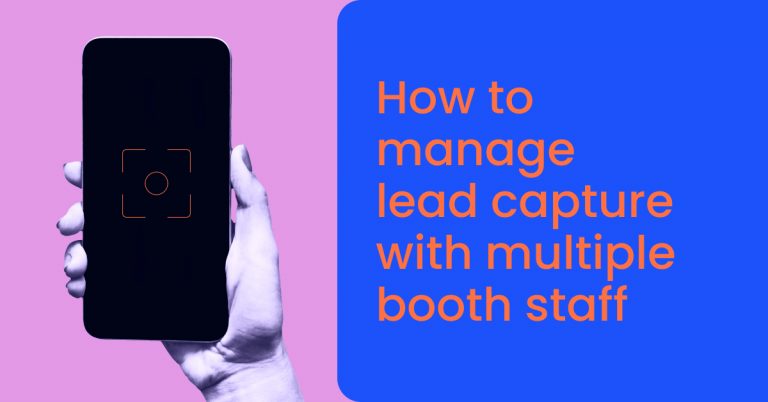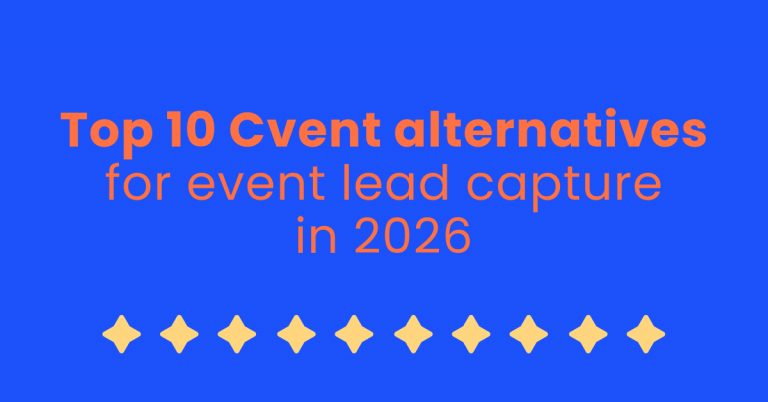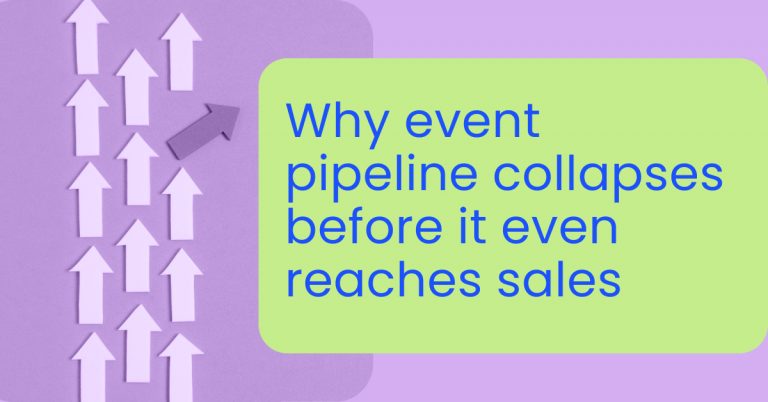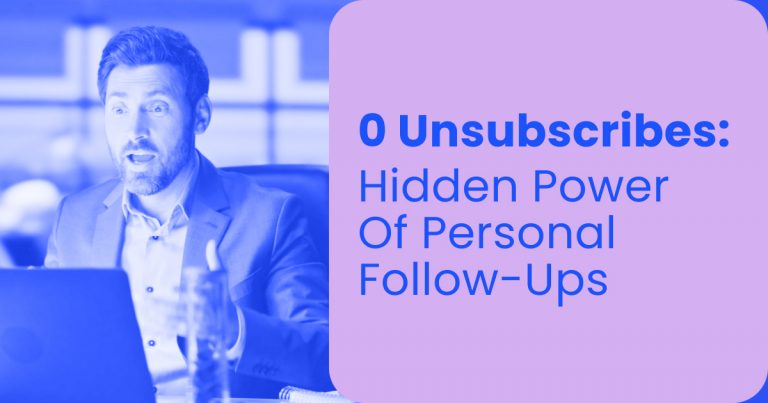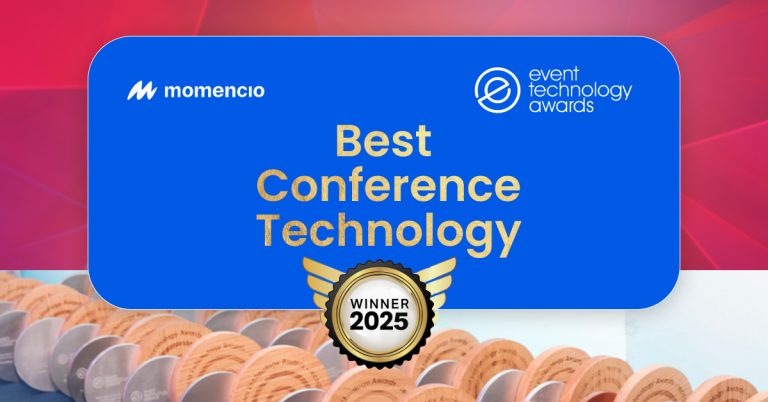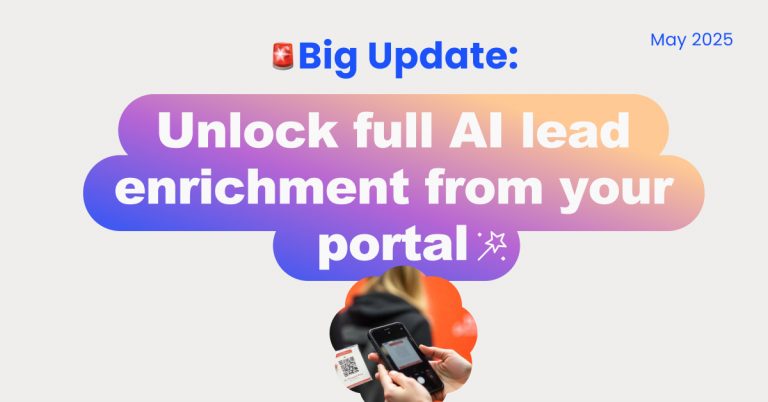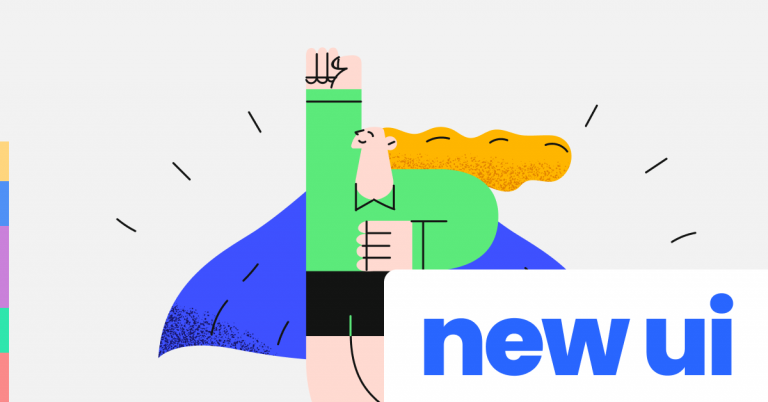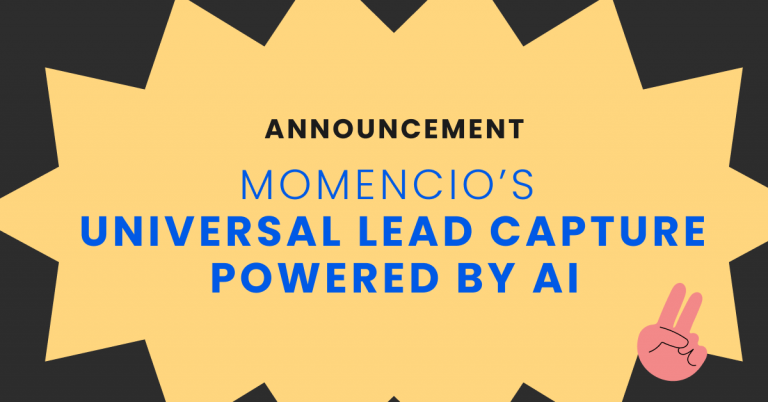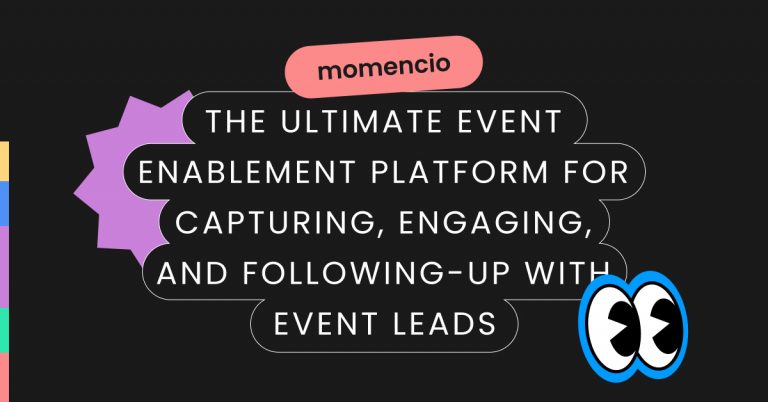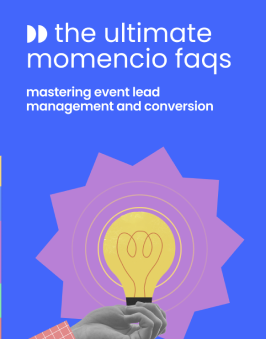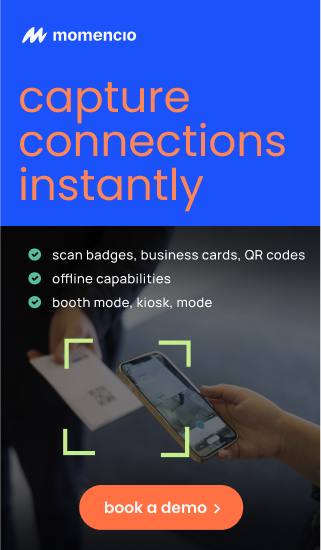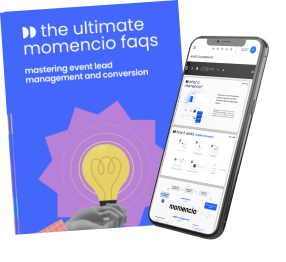At Inbound 2025, the technology landscape looked seamless. Exhibitors used the official event app to scan badges, capture leads, and sync with their CRM, all inside one platform. On the surface, it seemed efficient. Everything “just worked.”
But when we spoke with many exhibitors on the ground, a pattern emerged. Everyone believed the event app was enough. Few questioned what was happening behind it.
That belief hides a deeper issue – when lead capture is baked into the event’s app, much of your strategy goes silent. You collect contacts, but you don’t collect insight. You get names, not their behavioral insights. You rely on someone else’s system, and give up control without even noticing.
As Dreamforce 2025 approaches, this same dynamic is primed to repeat, on a much larger scale. And if you don’t see the gap now, you’ll feel it in your pipeline later.
This article uncovers what Inbound 2025 exposed about lead capture, and what exhibitors need to think about before stepping onto the Dreamforce floor.
The real gap hidden inside event apps
At most events, exhibitors depend entirely on the official event app to capture and sync leads. It feels efficient — scan the badge, collect the details, and let automation handle the rest.
But that system wasn’t built for exhibitors. It was built for event logistics. The organizer decides what data you get, how it’s formatted, and when it shows up in your CRM. You walk away with names and contact details — not with insight into what those people actually do next.
That’s where the real gap begins. Once the lead walks away from your booth, the app stops tracking. You have no idea what happens after the event — no visibility into whether that prospect opened your email, clicked your follow-up, watched your demo video, or spent two minutes reading the PDF you sent.
So you end up doing what every exhibitor does – sending follow-ups into a black hole and hoping something sticks.
Modern exhibitors can’t afford that kind of blindness. Knowing who you met is no longer enough. You need to know what they did next. Did they engage with your content? Did they share it internally? Did their interest deepen or disappear?
That’s the layer event apps don’t deliver, lead behavior intelligence. And without it, every event looks productive on paper but feels disconnected in the pipeline.
Why exhibitors still trust the system
The event app feels official, easy, and included in the package. It syncs with the CRM, the dashboard lights up, and the team feels productive. The workflow looks complete, so no one questions what’s missing.
That’s why this problem persists. Not because exhibitors don’t care about outcomes, but because convenience feels like progress, until it doesn’t.
Seasoned exhibitors spend time researching the best lead capture and event engagement tools much prior to their events. They lock in their event tech stack, conduct trials to be prepared for anomalies, and know to avoid the data trap of relying on organizer’s event app that treats lead capture as just an add-on.
What Inbound 2025 actually exposed
Inbound 2025 showed how far event technology has come, and how little exhibitors have changed in how they use it.
Every exhibitor had access to an integrated lead capture app that synced automatically with their CRM. On paper, that solved everything. In reality, it just standardized mediocrity.
When our team spoke with exhibitors, one pattern stood out. Almost everyone measured success by how many leads were scanned, not by what those leads did after the event. The app made it easy to collect, so teams stopped thinking about what happens next.
That’s the problem.
Event data today stops at the point of collection. Once a lead leaves your booth, the visibility ends. Exhibitors cannot see if that prospect watched a product video, or engaged with the content shared after the show.
The insight here isn’t that event apps underdeliver, it is that exhibitors have stopped demanding more from them. Inbound exposed a behavioral ceiling. Teams are using advanced technology to replicate outdated processes. The system evolved. The mindset has not.
That’s the lesson heading into Dreamforce 2025.
If your post-event strategy is still built around exported contact lists, delayed CRM syncs, and generic follow-ups, you’re not competing with other exhibitors, you are competing with your own lack of visibility.
What seasoned exhibitors do differently
The best exhibitors don’t treat each show as a standalone project. They treat it as part of an ongoing system, one that keeps getting sharper with every event.
Here’s how they approach lead capture and engagement differently.
They evaluate their tools like investors, not participants
Seasoned exhibitors don’t rely on whatever lead capture app the event provides. They evaluate tools based on how they fit into their broader sales ecosystem — how data flows into their CRM, how engagement is tracked, and how easily insights can be used after the event. They’re not looking for a tool that “works for this event.” They’re looking for one that strengthens their long-term revenue engine.
They are paperless
No stacks of brochures or printed decks. Everything is digital, dynamic, and traceable. Instead of handing out flyers that end up in hotel bins, they send leads tailored content on personalized microsites, built with PDFs, videos, HTML, or even interactive demos, so they can see exactly what’s being consumed and what’s ignored. Every click, scroll, and view becomes a signal.
They watch lead behavior in real-time
Great exhibitors don’t assume what their leads are interested in, they study it. They track every post-event interaction in real time: who opened what, how long they watched, what they downloaded, what they shared internally. Then they act on it. They adjust follow-ups, prioritize active leads, and personalize outreach while interest is still high.
They walk in prepared
Before the event begins, they feed their lead capture app with context — existing customer data, account intelligence, and segmentation rules. That way, when someone walks up to the booth, reps already know if they’re a customer, a prospect, or a new lead worth chasing. Conversations become sharper, faster, and more relevant from the first handshake.
They operate as one team
Marketing, sales, field reps, and revenue ops aren’t working in silos. They’re plugged into the same system, seeing the same live lead data as it unfolds on the floor. Everyone knows which leads are active, which ones have gone cold, and which need nurturing. This level of transparency removes the usual event lag, no more waiting for exports, syncs, or debriefs.
That’s how the best exhibitors work, with clarity, coordination, and control.
What the event app can’t tell you
Event apps are built to serve everyone. They manage registrations, schedules, sessions, and engagement, a single system for the entire show.
But that broad design is exactly what limits them for exhibitors. The data, visibility, and experience are built for event operations, not for post-event conversion.
Here’s how the difference shows up where it matters most:
| Capability area | Event app (typical) | What a modern exhibitor system should deliver |
| Lead capture & enrichment | Badge scan or form fill; raw data, sometimes delayed export | AI EdgeCapture captures, cleans, and enriches data instantly |
| Post-event visibility | Once the lead leaves, you’re blind. You don’t see how they interacted with your follow-up content | LiveMicrosite let each exhibitor send tailored content hubs per lead and track interaction — what they clicked, how long they viewed, what they skipped |
| Engagement timeline & stream | Data dumps or delayed syncs; snapshots, not flows | IntelliStream captures engagement across every touchpoint (sessions, microsite, content, forms) in a streaming, connected view |
| Lead scoring / priority | None or basic “contacted / not” filters | AI IntelliSense adds behavioral scoring, urgency signals, ICP match scoring — showing who to follow up with first |
| Data ownership / integration | The event platform controls the data; you usually get a CSV export or API access | You retain full control – your system owns the data, encrypts it, and syncs it your way (CRM, ops tools) |
| Cross-event learning & escalation | Each event is a silo. You rarely carry forward insight | Insights from every event build into a long-term intelligence asset that strengthens over time |
At Inbound, exhibitors had all the leads they could scan. But unless you can see post-scan lead behavior, what someone did with the PDF, how long they watched the video — you end up following up in the dark. The difference isn’t the number of leads. It’s knowing which ones matter and why.
That’s where momencio’s solutions like AI EdgeCapture, LiveMicrosite, IntelliStream, and AI IntelliSense make a difference, because they deliver the guardrails and insight your sales team actually needs. And that starts before the badge scan, not after.”
The mindset shift for Dreamforce exhibitors
If Inbound taught exhibitors anything, it’s that convenience has a hidden cost. The event app made lead capture effortless, but that same ease came at the expense of control, depth, and visibility. Dreamforce will make that gap impossible to ignore.
Every exhibitor will show up with tools that technically “work.” But the ones who will actually move pipeline will show up with systems that think ahead. They’ll already know what data needs to flow where, how their CRM connects, and how to track every lead’s behavior beyond the booth. They’ll walk in prepared, not hopeful.
Our team will be at Dreamforce 2025, and if you see us, don’t be a stranger. Drop in and let’s chat. Let us know if you agree or disagree with our take here.
FAQs
- Why can’t I just rely on the event’s lead capture app?
- Event apps are built to serve the organizer, not individual exhibitors. They manage sessions, schedules, and attendee engagement across the show. That means the data you receive is standardized and limited — you get contacts, not behavioral insights. If you care about knowing what happens after the booth conversation, you need a system designed for that purpose.
- What kind of data should I really be capturing at events?
- Go beyond contact details. Capture context — what products or topics the lead was interested in, what content they engaged with, and how they interacted with your brand post-event. That behavioral layer tells your sales team who’s serious and who’s just browsing.
- Isn’t this too complex for smaller teams or single-booth exhibitors?
- Not if it’s set up once and used consistently. Modern event intelligence platforms handle the heavy lifting automatically, syncing data, tracking engagement, and scoring leads in real time. What matters most is building the habit of collecting smarter data, not more data.
- How soon after an event should I start following up?
- Immediately. The longer you wait, the colder the intent gets. But “immediately” doesn’t mean “blast everyone.” Use engagement signals to guide who you reach out to first. Follow up where attention is still active — that’s how you preserve momentum instead of losing it in a pile of post-show tasks.
- How do I know if my event strategy is improving over time?
- If every new event teaches you something you can apply to the next one, you’re improving. That means your data is compounding — you’re learning which messaging resonates, which roles convert, and which formats drive real engagement. When your event data feeds your pipeline strategy, not just your reports, you’ve closed the loop.
